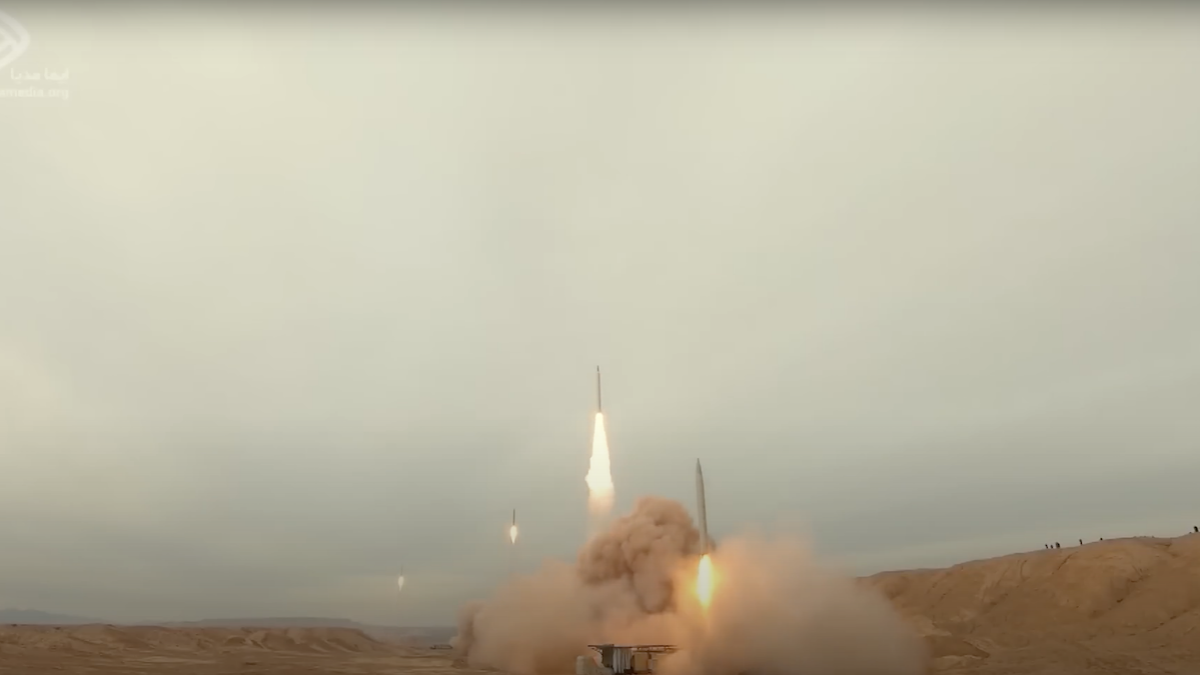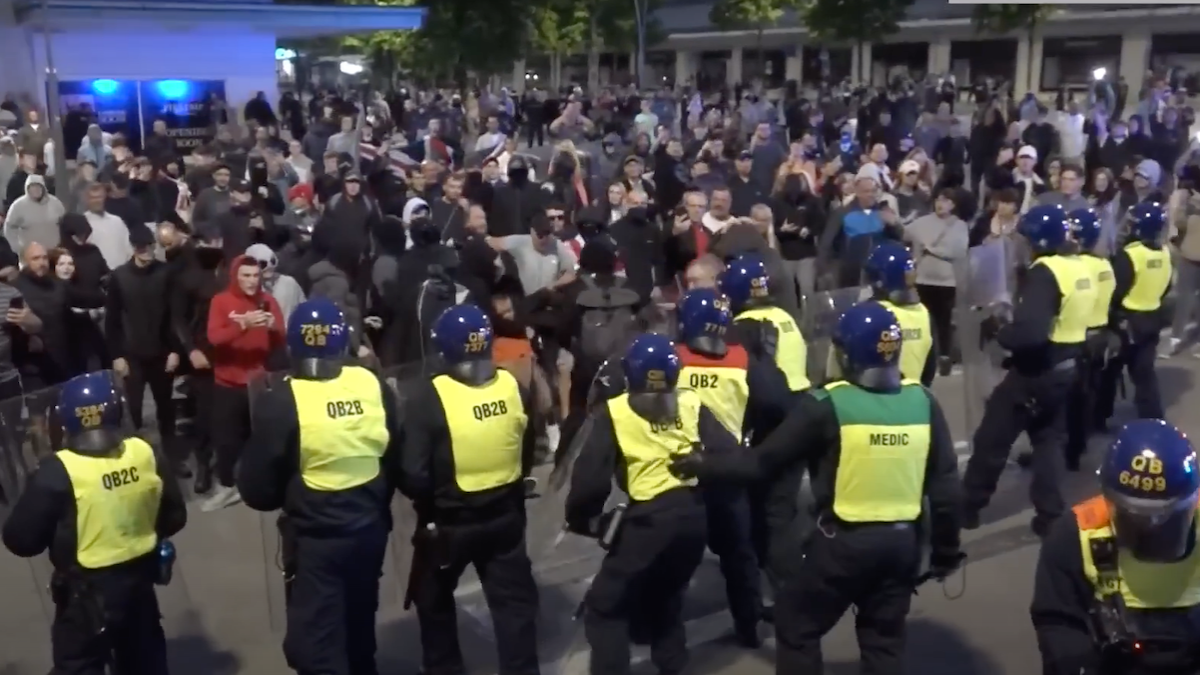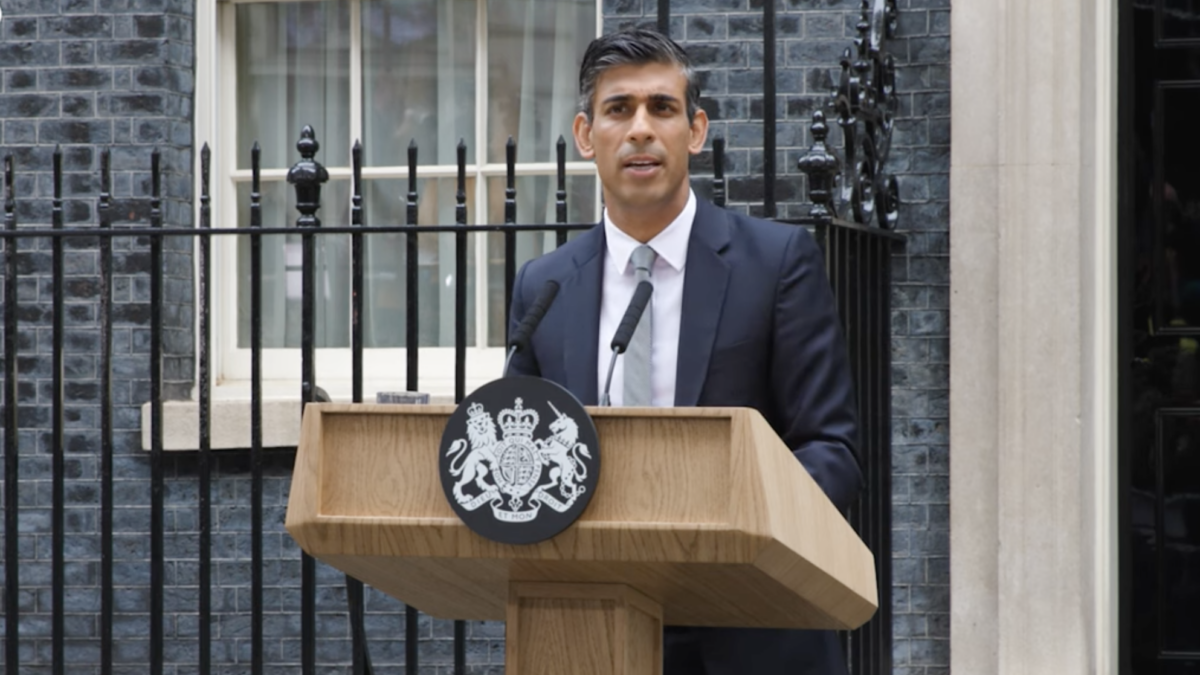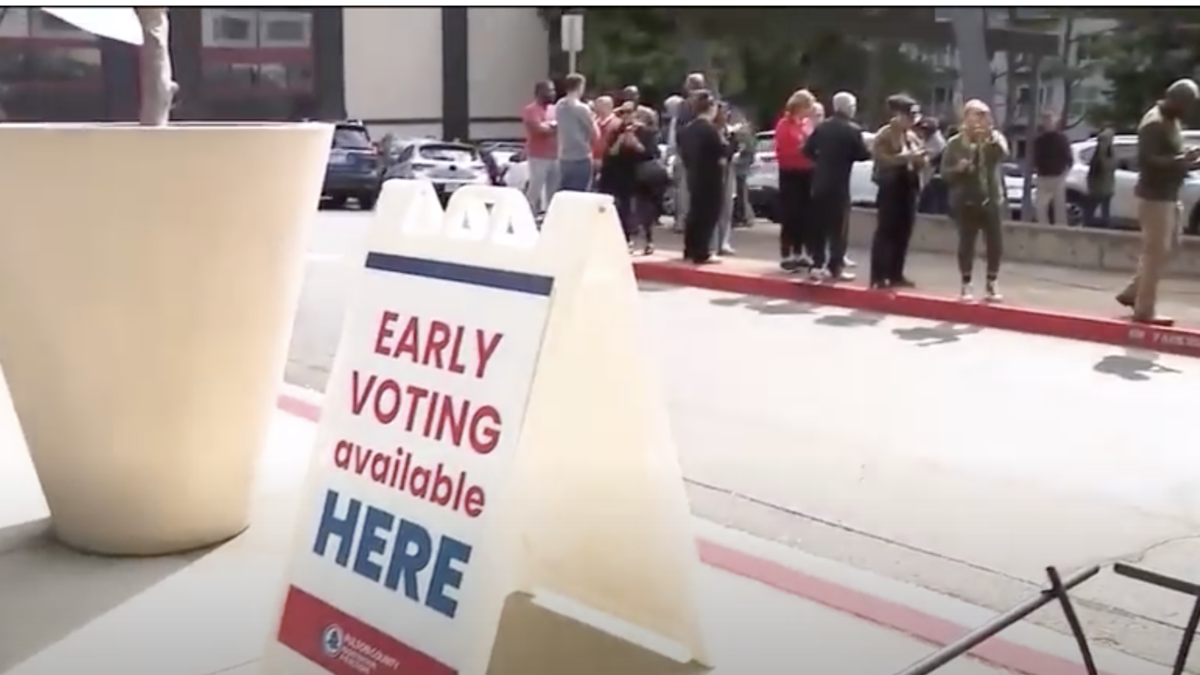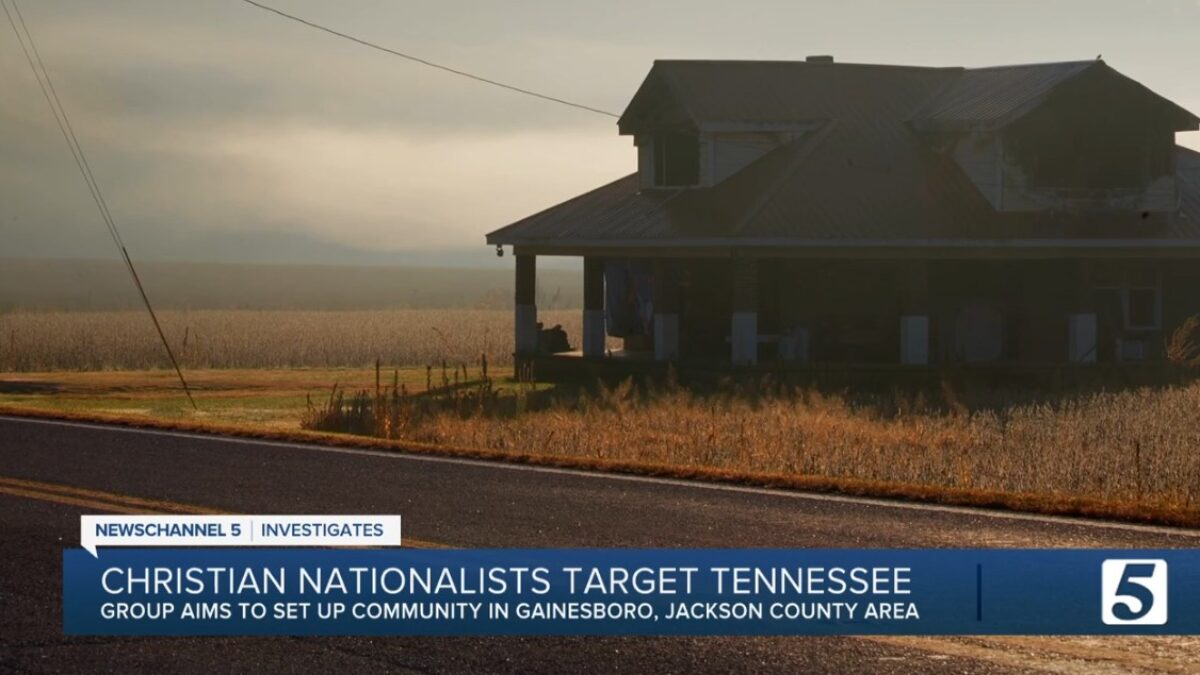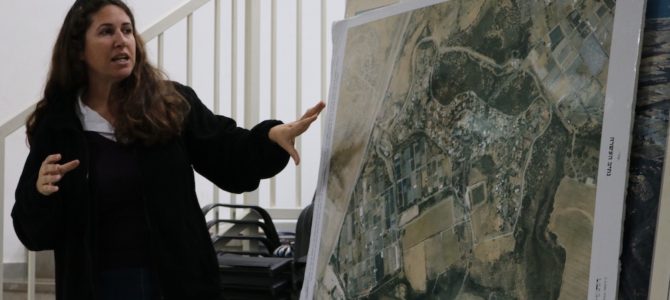
TEL AVIV, Israel — On our way to an Israeli town near the border separating Israel from Hamas-controlled Gaza, these reporters are told we have 15 seconds to get to a bomb shelter if the sirens go off. If there is no bomb shelter nearby, we are to drop to the floor, cross our legs, and cover the back of our heads.
In Netiv Haasara, a community in the Gaza envelope which houses a population of about 800 people, the bus stops double as bomb shelters. For Hila Femlon, the sirens warning of rocket fire from Hamas insurgents are part of everyday life.
Femlon was nine months pregnant with her first son, James, when a rocket landed on her farm near Gaza in 2001. Reporters flooded the area to cover what she says was a ridiculous excuse of a rocket.
As she talks, we are standing in a bomb shelter that once was a playground for children. Residents are supposed to spend 3 hours and 20 minutes in shelters like this one whenever the alarm sounds. That’s not always realistic, she says, as the alarm system would activate an of 20 times a day at the beginning of the conflict.
‘The more the Palestinian people suffer, the richer Hamas is.’
Since 2001, Hamas has fired thousands of rockets into Netiv Haasara and other Israeli towns in the Gaza envelope. In 2014, when tensions between Israel and Gaza reached a boiling point, Hamas terrorists fired at least 3,700 rockets at Israeli towns, killing 72 Israelis. One of the victims was a four-year old boy who lived in the nearby city of Sderot, where an estimated 40 percent of children suffer from PTSD as a result of the conflict.
The terror group has publicly admitted to using hospitals, schools, and residential homes as a base to launch these missiles — which puts innocent Palestinians living in Gaza in IDF’s crosshairs. In 2014, at least 2,100 Palestinians — including 500 children — were killed during retaliatory strikes, according to UN estimates.
“The more the Palestinian people suffer, the richer Hamas is,” Femlon said.
Femlon explains that in addition to the alarm system throughout the area to alert residents when there is an imminent missile threat, she frequently receives text alerts from the IDF several minutes in advance advising her to get a bomb shelter. This advance warning indicates that it’s likely Israeli intelligence can see where the insurgents are launching the incoming missiles from, and that the IDF is not planning to neutralize the threat because it’s inside a hospital or a home — a a choice she is proud of.
As she talks, she points to a map of the surrounding area with multi-colored zones. Each color indicates the amount of time residents have to get to a bomb shelter. In Netiv Haasara, the map estimates its residents have about 15 seconds, but in reality, she says it can be as little as three to four seconds. In the capital city of Jerusalem or in Tel Aviv, residents have the luxury of 90 seconds to get to a fortified shelter.
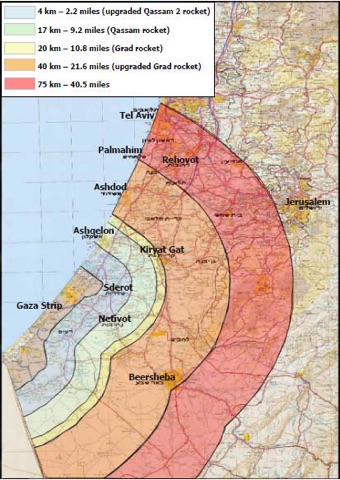
Femlon holds up a similar rocket that landed on her farm 17 years ago. She tells us that she and her neighbors laughed when they saw it, explaining that it barely made a boom when it landed.
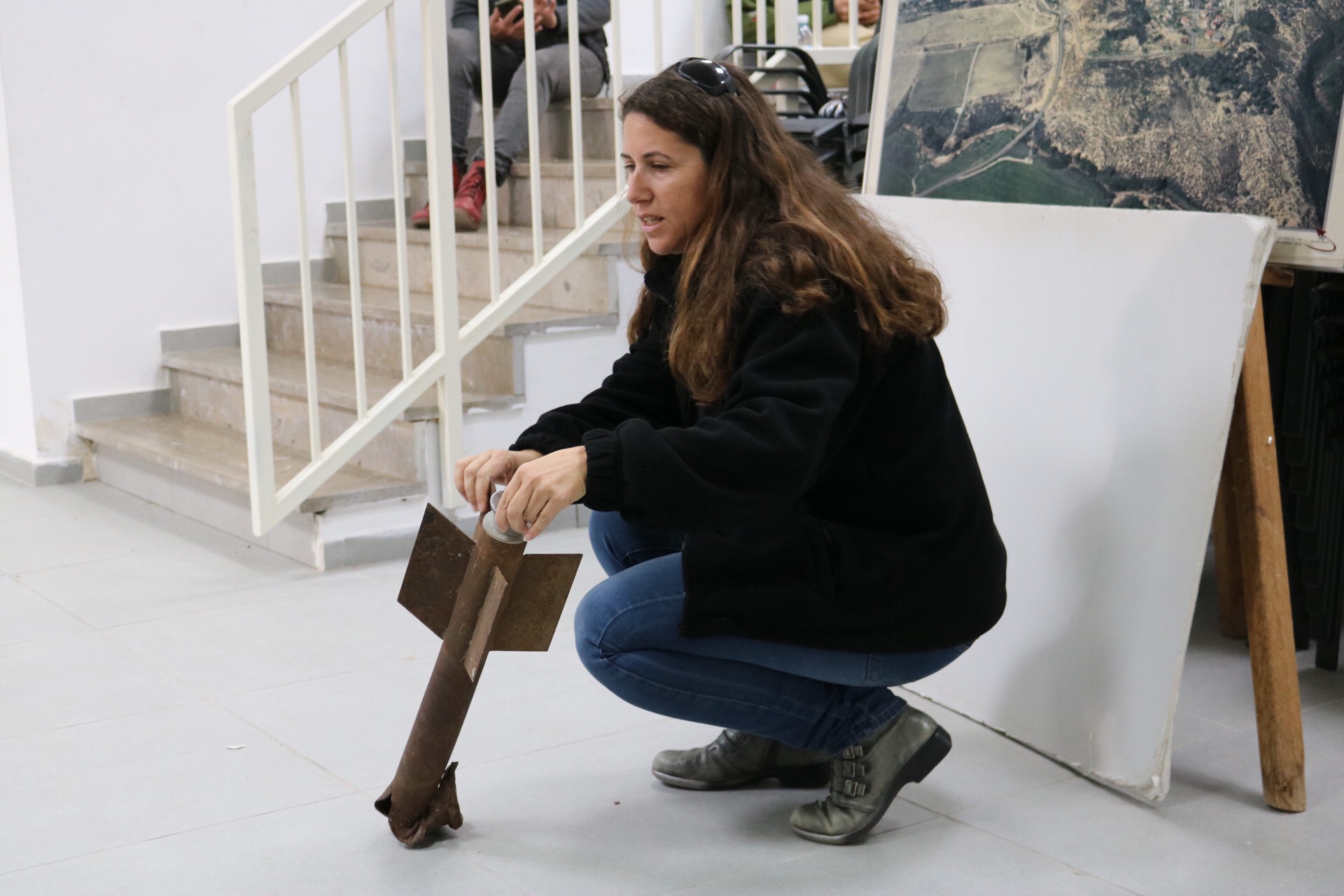
“You know why we laughed when we saw the rocket?” She asks, holding a two-foot long twisted metal tube that landed nearby. “I mean look at it, this is ridiculous.”

As the attacks continued and became an everyday occurrence at the height of the conflict, media coverage of the rockets lessened. Other news began making headlines, pushing the story of rockets and devastation out of the conversation entirely.
“The fourth day there was another rocket, but there was also a football match,” she said. “Football won and that was more or less the last time anyone spoke about the rockets.”
Life In A Bomb Shelter
After that first rocket in 2001, Femlon knew that life for her then-unborn son would never be the same. Just after his first birthday, she remembers watching him run to a nearby bomb shelter after he had just learned to walk.
“This is what you do,” she said. “You grow, you learn to walk, and you learn to run to a bomb shelter. This is how we learn about life.”
In August 2005, Israel forcibly removed Israeli settlers from Gaza, giving the region over to full Palestinian control. In that same month, Femlon gave birth to her daughter.
“I was hoping when I came back from the hospital I wouldn’t have to teach her how to run,” she said, explaining that she believed the conflict was over. Instead, she has spent many nights tucking her children into their bomb-shelter for fear that Hamas would fire rockets at night.
Conditions In Gaza
Whispers of leadership change in the Gaza region have been widely reported, but much of the substance of tentative agreements remains in question. Last November, Hamas formally agreed to give full security control of Gaza crossings to the Palestinian Authority. Last week, Hamas leadership reportedly agreed to give control of its weapons to the Palestinian Liberation Organization if figureheads of the terror group could gain representation, but this has not been confirmed.
Gaza’s residents currently receive an average of three to four hours of electricity a day, which adversely affects hospitals and schools in addition to the problems it causes for the two million people living in the region. In June, Hamas leadership slashed electricity payments to Israel by 35 percent, leaving Gaza residents in hours of darkness every day, but earlier this month, the Palestinian Authority agreed to increase payments to Israel, which could increase the electricity supply to six to eight hours daily if leadership follows through on these payments.
Before these reporters leave, Femlon is eager to show us something near the border wall separating her town from Gaza. Along the way, she points to a place where she says they found a 75-feet-deep tunnel in July 2014 that she says was wide enough to drive a car through. In June, U.S. Ambassador to the United Nations, Nikki Haley, visited a similar tunnel used by Hamas insurgents.
“Along the border between Israel and Gaza, they found 39 tunnels,” Femlon said.
She stresses the importance of what the tunnels are made of, explaining that in order to keep these massive tunnels from collapsing, Hamas had to use metal and cement — the same materials used to build a bomb shelter — making it difficult for the IDF to destroy them.
Driving to the edge of Netiv Haasara, there’s a noticeable difference along the bleak, gray walls along the perimeter of the town. Bursts of color begin to show, the bottom half of the wall is covered in stones, all of varying shapes and colors.

Femlon points them out and explained that all the stones are individually glued from different people from all over the world with a personal message written on the back, calling for peace and an end to the war she and her family are living in.
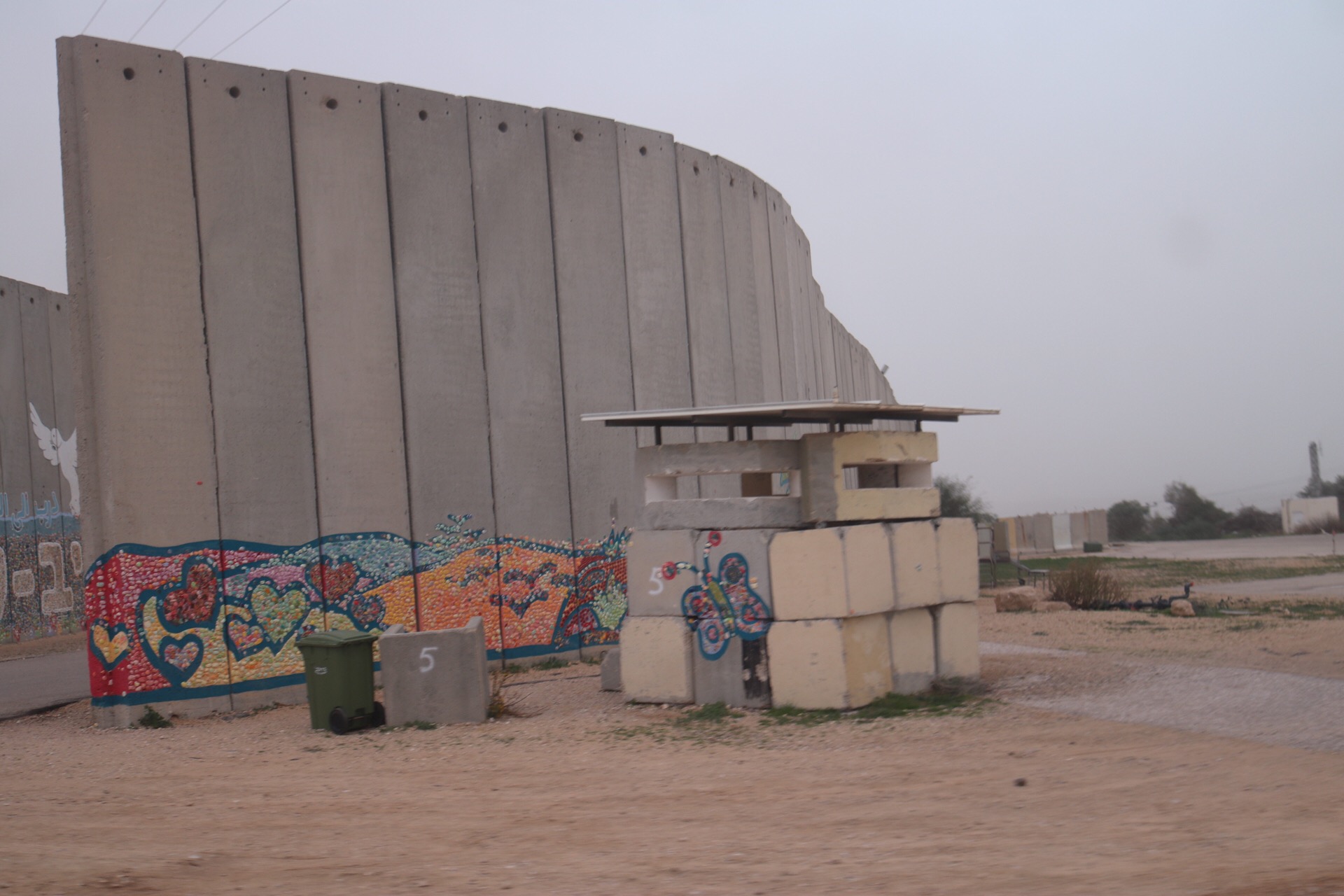
“In a way, it’s our own Wailing Wall,” she said. “It’s a story of a difficult life but also a story of hope.”


